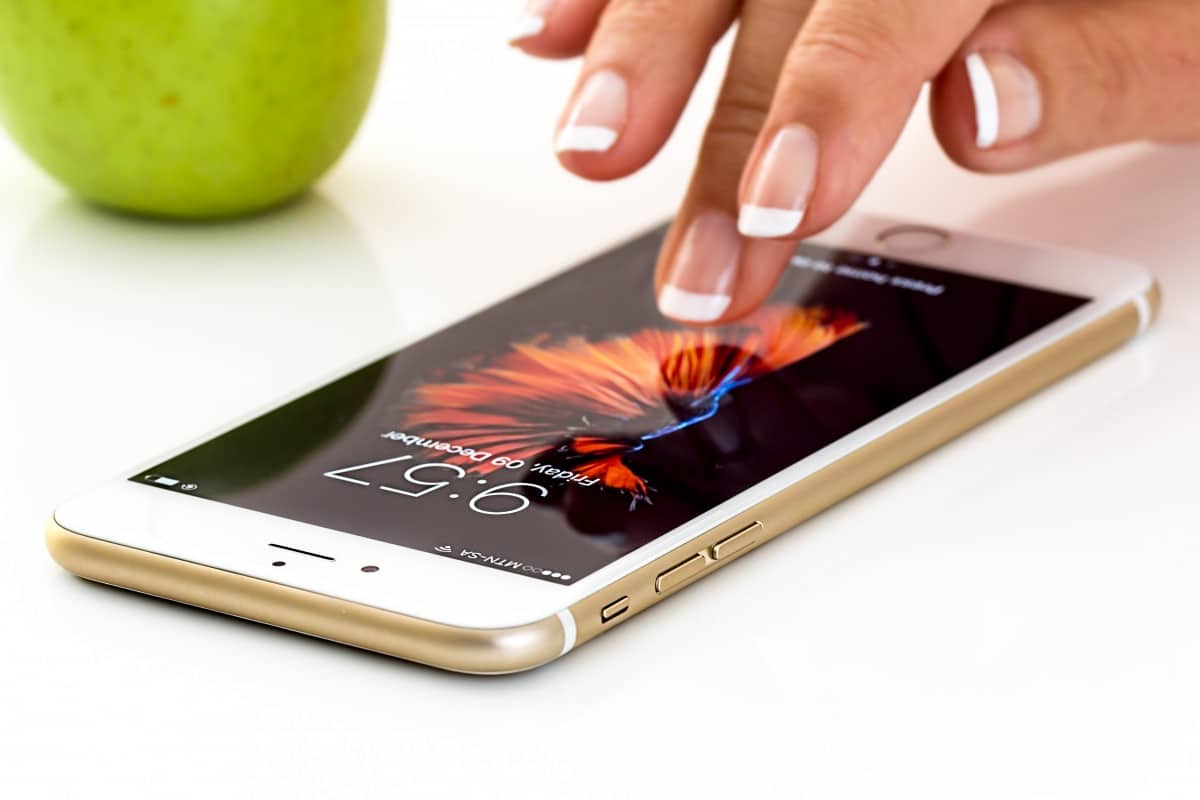Here’s How You Can Remove Data From Your Old Smartphone
Are you planning to sell your old smartphone? Or perhaps to give it to someone? Before you pass your old phone on, you have to remove all of your data from it. It is a security step that ensures your personal information won’t fall into the wrong hands. You might think that a simple factory reset will delete everything off your phone, but you’re mistaken.
There are ways to restore the erased data. A new owner can get all of your files back, as well as login information. If they are determined, they could restore your photos and videos too. Apps that you have used may also keep your old login details. So before you give your old smartphone to someone, you need to wipe it clean completely. Here is how to do it.
Safety First
Smartphones are always connected to the internet, and this can pose a threat to your security. After all, you are using your phone to send and receive messages, browse social media, etc. Without encryption, hackers and cybercriminals may intercept the data and uncover your personal and financial information in seconds. So using tools like a VPN is highly recommended nowadays.
A VPN can secure your connection, especially if you tend to use public Wi-Fi. These networks are not safe at all, and cybercriminals exploit that weakness. Additionally, other benefits of VPN are that it can hide your IP address and protect both your privacy and information.
Backup Your Data
If you are buying a new smartphone and want to save all of your files, photos, and videos, don’t forget to back your old phone up. Apple users can send everything to iCloud if they have enough free space available or store it on iTunes.
Android users have plenty of other storage options that will do the same trick. They can either use cloud storage of their choice or copy everything to their PC. Backup allows users to restore all the data on their new phones. Once all of your information is backed up, you can start thinking about wiping your phone clean.
Disable Locks and Other Features
An activation lock is in place to prevent theft. In case your smartphone is stolen, a thief can’t simply load up new software and continue using your device. Instead, they need to enter the password to gain access to your phone. With that said, make sure you disable the activation lock before you sell or give your phone to someone else.
While you are at it, sign out of your iCloud or any cloud storage service you might be using. Don’t forget your Google account as well. Additionally, erase all of the saved passwords from your old smartphone before you start deleting data.
Remove the SD Card
Some of us might overlook this step, but it is pretty important when removing files from your old smartphone. An SD card can expand your phone’s memory, depending on the model you have. While most phones use it for storing images, SD cards can also carry some of your personal information and files.
If you want to ensure your data will not be compromised or restored, remove your SD card from the phone. You can instead put in a brand new one and give or sell your phone to someone else. It is just another simple way to protect your files.
Delete Everything
Once you have your backup, it is time to delete everything from your old smartphone. However, factory reset will not do the trick on its own. It gives you an illusion that you have freed up space. Instead, there are traces of your old files waiting to be overwritten. Almost every recovery software can restore these files even though you think they are gone from your old smartphone. So how can you prevent this?
The answer is encryption. You have to encrypt all of your data before you begin the factory reset. If someone tries to recover your files from these data fragments, they won’t get past the encryption. Newer smartphones have built-in encryption, but you can also use various apps for that, especially if you have an older model.

